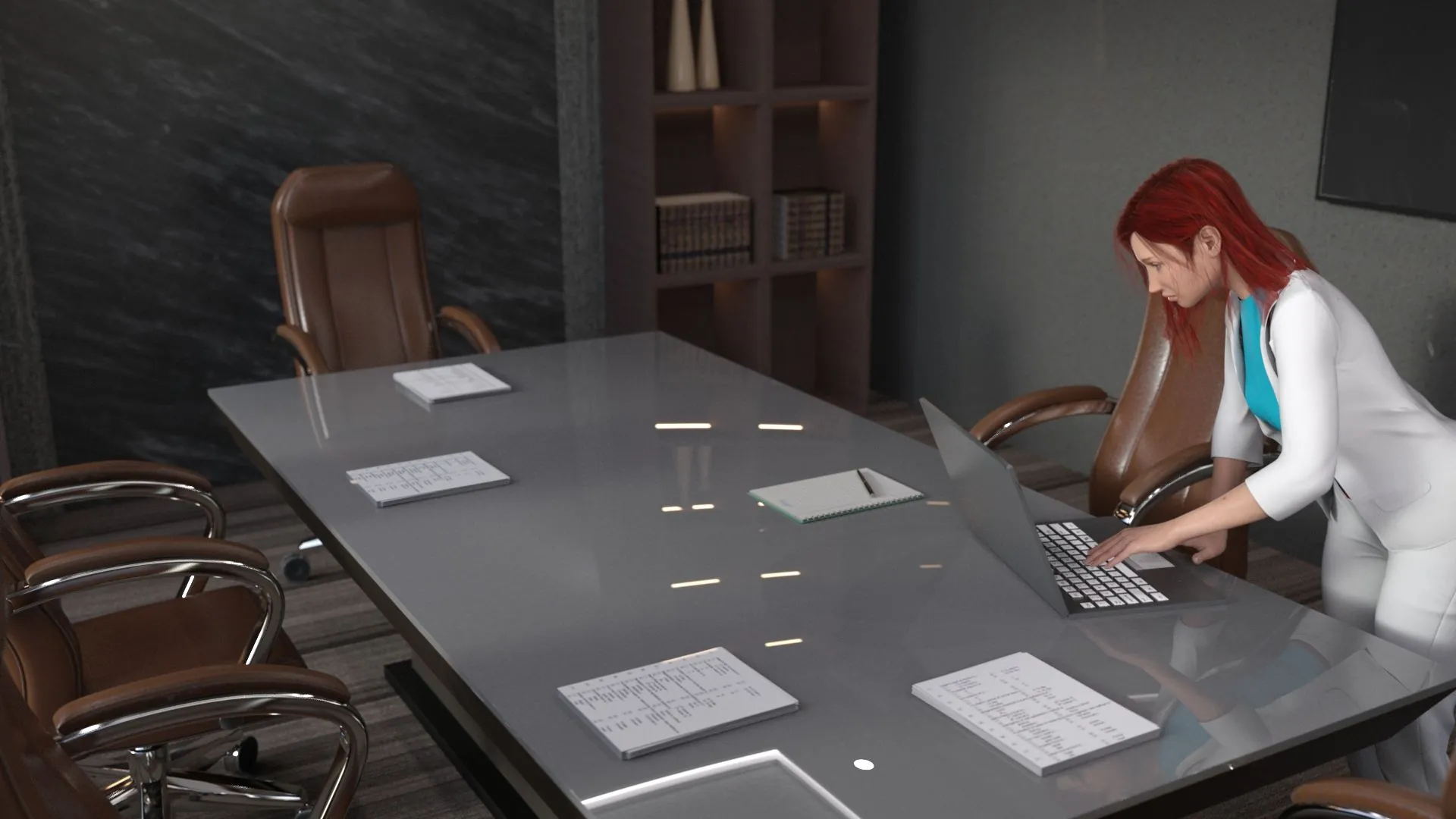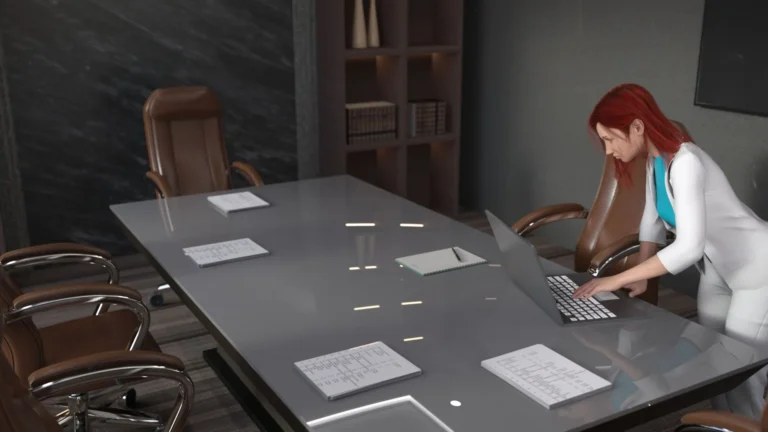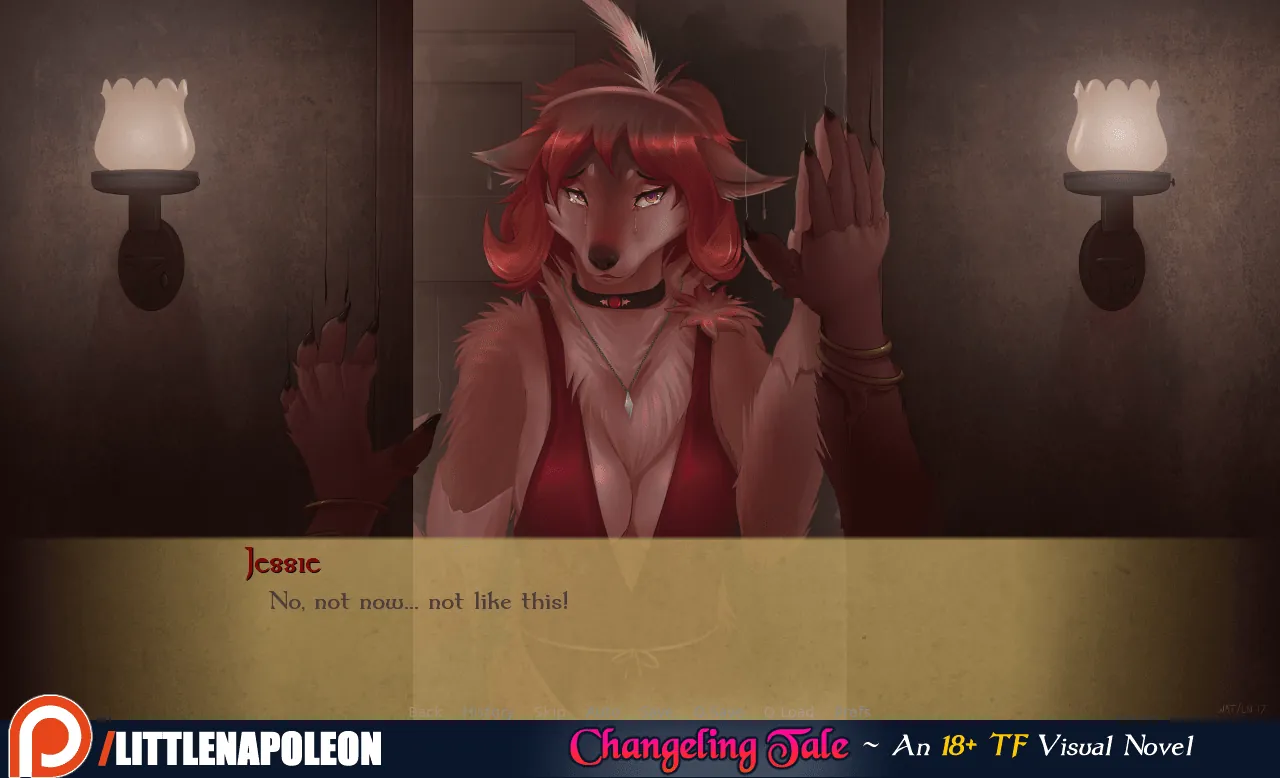
The Theater of Sinners
Play The Theater of Sinners
The Theater of Sinners review
A Deep Dive into the Adult-Themed Interactive Experience
The Theater of Sinners redefines interactive storytelling with its bold fusion of choice-driven gameplay and provocative narrative design. This adult-themed game challenges players to navigate morally complex scenarios within a theatrical framework, blending psychological tension with artistic ambition. We’ll explore how it balances mature content with meaningful player agency while pushing boundaries in digital storytelling.
Core Mechanics and Player Experience
Core Mechanics and Player Experience
Imagine sitting in a dimly lit theater, gripping your controller as a character’s fate rests on your next move. The Theater of Sinners doesn’t just tell stories—it makes you live them. 🎭 This isn’t your average “choose-your-own-adventure” gimmick. Every decision splinters the narrative into directions so wild, you’ll need a flowchart to track your guilt. Let’s pull back the curtain on how this game turns interactive narrative mechanics into an emotional rollercoaster—and why its moral decision system leaves players both exhilarated and morally queasy.
Choice Architecture: Shaping Outcomes Through Decisions
You know that sinking feeling when you pick dialogue option B, only to realize it just doomed an entire subplot? The Theater of Sinners cranks that tension to 11. Its branching dialogue system isn’t about “good vs. evil” clichés—it’s about messy, human compromises. For example, early on, you’re forced to choose between exposing a character’s secret (which could save lives) or protecting their dignity (which might destroy yours). There’s no “right” answer—just consequences that ripple across hours of gameplay.
Pro tip: Play with a friend. Watching someone else wrestle with these choices is like therapy—for you. 😂
The game’s moral decision system tracks not just what you do, but why. Are you acting out of self-preservation? Spite? Genuine altruism? These motives shape how characters perceive you, altering alliances and even puzzle solutions. Developers shared that 72% of players replay the game at least twice to explore different paths—and with over 40 major branching points, no two playthroughs feel the same.
| Decision Point | Immediate Impact | Long-Term Consequences |
|---|---|---|
| Reveal the Blackmail Letter | Gain a powerful ally | Unlocks a hidden antagonist route |
| Destroy the Evidence | Lose trust with your team | Triggers a betrayal subplot |
| Frame Another Character | Avoid immediate conflict | Lock out 3 endings |
Puzzle Design in Mature Story Contexts
Let’s address the elephant in the room: how do you design puzzles when your story involves, say, a burlesque dancer decrypting love letters mid-performance? 💃 The Theater of Sinners nails theatrical puzzle integration by making every challenge part of the narrative. One puzzle has you arranging stage lights to recreate a character’s memory—misalign them, and you’ll literally alter their recollection of events. It’s Inception meets Escape Room, with a dash of existential dread.
But blending adult game design challenges with puzzles isn’t easy. How do you handle sensitive themes without trivializing them? The answer: gameplay constraints. For instance, a scene involving a character’s trauma isn’t “solved” through quick-time events—it requires patiently listening to dialogue cues and matching emotional tones in their voice. Fail, and the scene fades to black, respecting the subject matter while still advancing the plot.
Developers also included accessibility features like:
– Content filters: Skip specific themes (e.g., intimacy, violence)
– Narrative intensity sliders: Tone down graphic descriptions
– Puzzle hints: Adjust difficulty without breaking immersion
Balancing Artistic Vision with Player Freedom
Here’s the tightrope walk: how do you stay true to your story while letting players bulldoze through it? 🎪 The Theater of Sinners tackles player agency balance by treating choices like guided rebellions. Yes, you can flirt with every character—but pursuing certain relationships locks you out of key plot threads. The game’s director likened it to “letting guests rearrange your furniture, but not burn down the house.”
One bold move? Letting players “break” the narrative. During a late-game trial scene, you can accuse the wrong person—leading to an ending where the real villain wins. It’s frustrating, haunting, and brilliant. As one playtester admitted, “I rage-quit… then immediately replayed it. I had to fix my mistake.”
The key is interactive narrative mechanics that respect both the story and the player. By blending theatrical puzzle integration with moral decision systems, the game avoids becoming a glorified spreadsheet simulator. Every choice feels impactful, even when it’s breaking your heart.
Why This Matters
The Theater of Sinners isn’t just a game—it’s a masterclass in adult game design challenges. It proves mature themes can coexist with clever puzzles and player freedom, as long as you design with empathy (and a killer flowchart). So grab your controller, steel your nerves, and step into the spotlight. Just remember: there’s no fourth wall here. You’re part of the drama now. 🩸🎬
The Theater of Sinners demonstrates how mature themes can coexist with sophisticated gameplay when handled thoughtfully. While not for all audiences, its innovative fusion of theatrical storytelling and player agency sets new standards for narrative-driven experiences. For those comfortable with its themes, it offers a compelling case study in interactive art.




